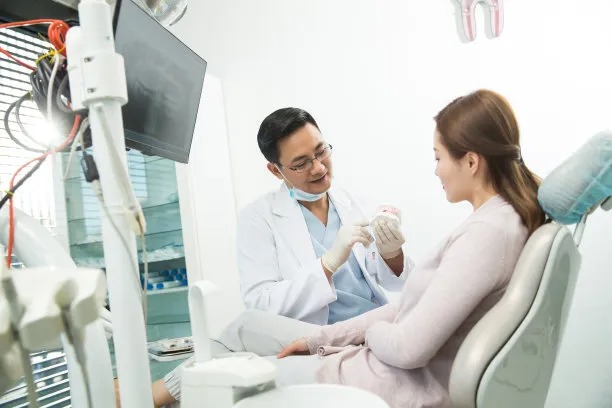The Importance of Proper Techniques and Care When Extracting a Tooth for Better Oral Health Outcomes
Summary: The extraction of a tooth is a significant dental procedure that necessitates proper techniques and care to ensure optimal oral health outcomes. This article delves into the importance of using appropriate procedures, the role of post-extraction care, the significance of patient communication, and the necessity of ongoing oral health evaluations. Each of these facets contributes to minimizing complications, enhancing recovery, and ensuring the long-term health of the patients dental structure. By understanding and prioritizing these elements, both dental professionals and patients can work together to achieve better oral health results after a tooth extraction.
1. Importance of Proper Extraction Techniques

Proper extraction techniques are critical to minimizing complications during and after the procedure. An experienced dentist uses a systematic approach that includes an accurate diagnosis, the correct choice of anesthetic, and effective tools tailored for tooth removal. This thorough methodology can significantly reduce the risk of damage to adjacent teeth and tissues.
Furthermore, employing appropriate force during tooth extraction is essential to avoid unnecessary trauma. For instance, applying excessive force can lead to fractures in the jawbone or even damage surrounding nerves, causing prolonged pain and complications. Thus, mastery of extraction techniques is a fundamental responsibility for dental practitioners.
The use of advanced technology, such as digital imaging, can also enhance the extraction process. By assessing the tooths root structure and its relationship with surrounding anatomy, dentists can plan a more effective and less invasive extraction. These advancements in technique contribute notably to better patient outcomes.
2. Role of Post-Extraction Care
Post-extraction care is equally important in fostering optimal oral health. After a tooth has been removed, the bodys natural healing process begins, and patients must adhere to specific instructions provided by their dentist. These guidelines typically include advice on managing pain, controlling bleeding, and practicing good oral hygiene.
Patients must also be informed about the signs of complications, such as infection or excessive swelling. Understanding these indicators can empower patients to seek prompt care, potentially avoiding more significant issues down the line. Clear communication regarding post-extraction care ensures that patients take an active role in their recovery.
Moreover, the application of ice packs and prescribed medications can significantly reduce discomfort and inflammation. Simple measures like avoiding disturbing the extraction site through certain dietary choices can also promote faster healing. Such directives are vital to achieving the best outcomes for oral health.
3. Significance of Patient Communication
Effective patient communication is a vital component of successful tooth extractions. Dentists must provide thorough explanations of the procedure, addressing any concerns that patients may have. This transparency fosters trust, encouraging patients to voice their worries and feel more comfortable during the process.
Additionally, discussing the potential risks and benefits of tooth extraction can help patients make informed decisions about their oral health. Engaging patients in dialogue about what to expect before, during, and after the procedure prepares them for the experience and reinforces the importance of adhering to post-operative care instructions.
Soliciting feedback from patients about their experiences also enhances the overall dental service. This interaction can lead to continuous improvements in the techniques and care provided, ultimately benefiting the wider patient community through enhanced practices tailored to patient needs.
4. Necessity of Ongoing Oral Health Evaluations
Finally, regular oral health evaluations are crucial following tooth extraction. These follow-up appointments allow dentists to monitor the healing process and address any complications that may arise. Regular check-ups can be instrumental in ensuring that the extraction site heals correctly and that the surrounding dental structure remains healthy.
Additionally, ongoing evaluations provide an opportunity for dentists to reinforce the importance of good oral hygiene practices among patients. They can educate patients about maintaining a balanced diet, avoiding harmful substances, and scheduling routine cleanings to optimize their overall oral health.
Ultimately, these ongoing assessments help in preventing further dental issues, promoting preventive care that can lead to a healthier smile in the long run. By keeping the lines of communication open and encouraging patient engagement, dentists can significantly enhance patient outcomes over time.
Summary:
In conclusion, the importance of employing proper techniques and care during tooth extraction cannot be overstated. From the execution of the procedure itself to the nuances of post-extraction care and patient communication, every facet plays a critical role in achieving optimal oral health outcomes. Regular evaluations post-extraction further solidify the foundation for a lifetime of healthy teeth and gums.
This article is compiled by Vickong Dental and the content is for reference only.



